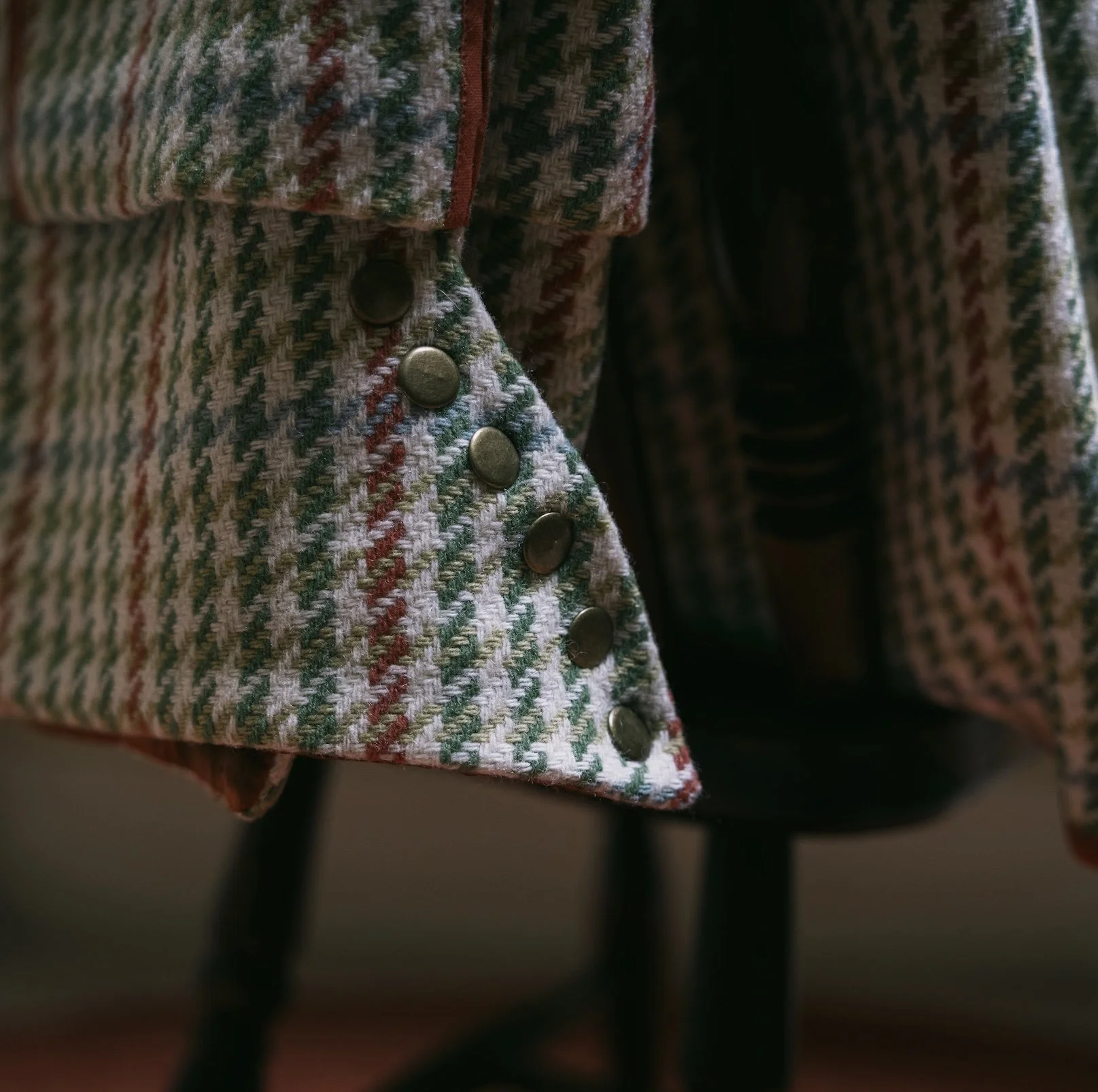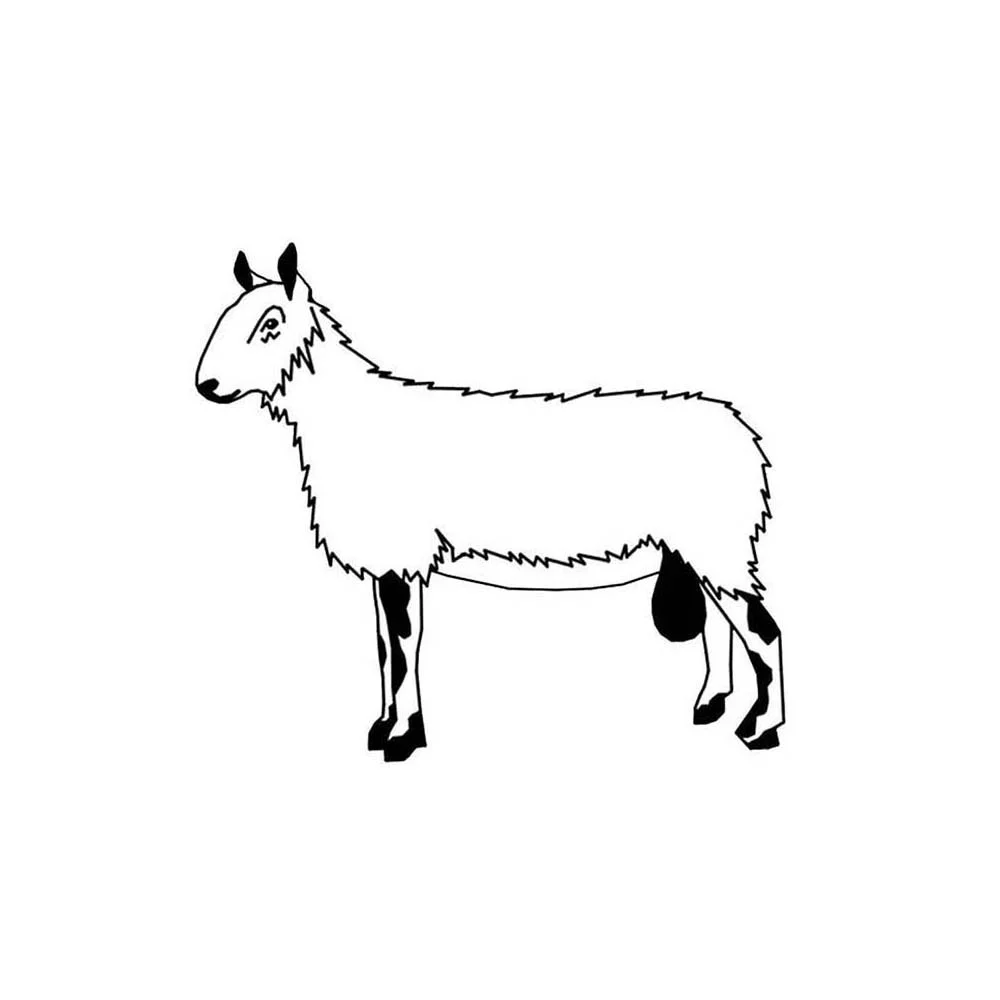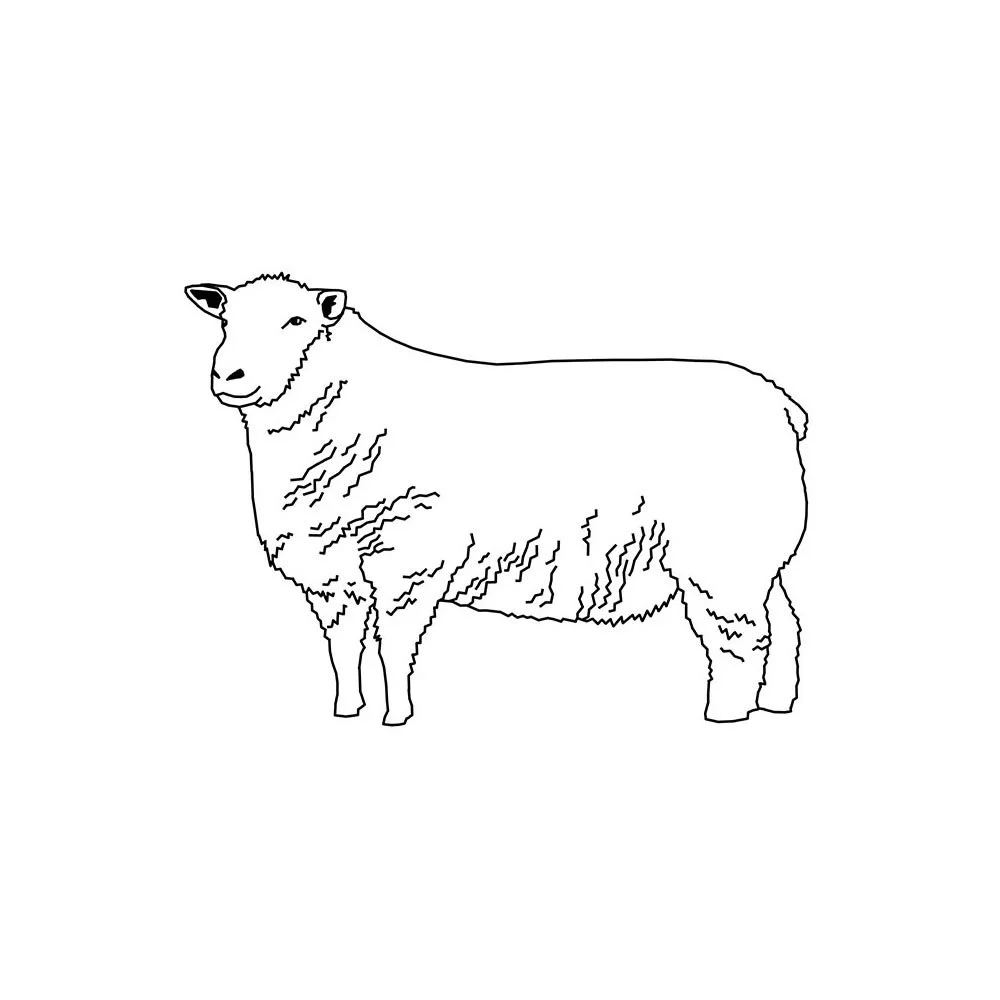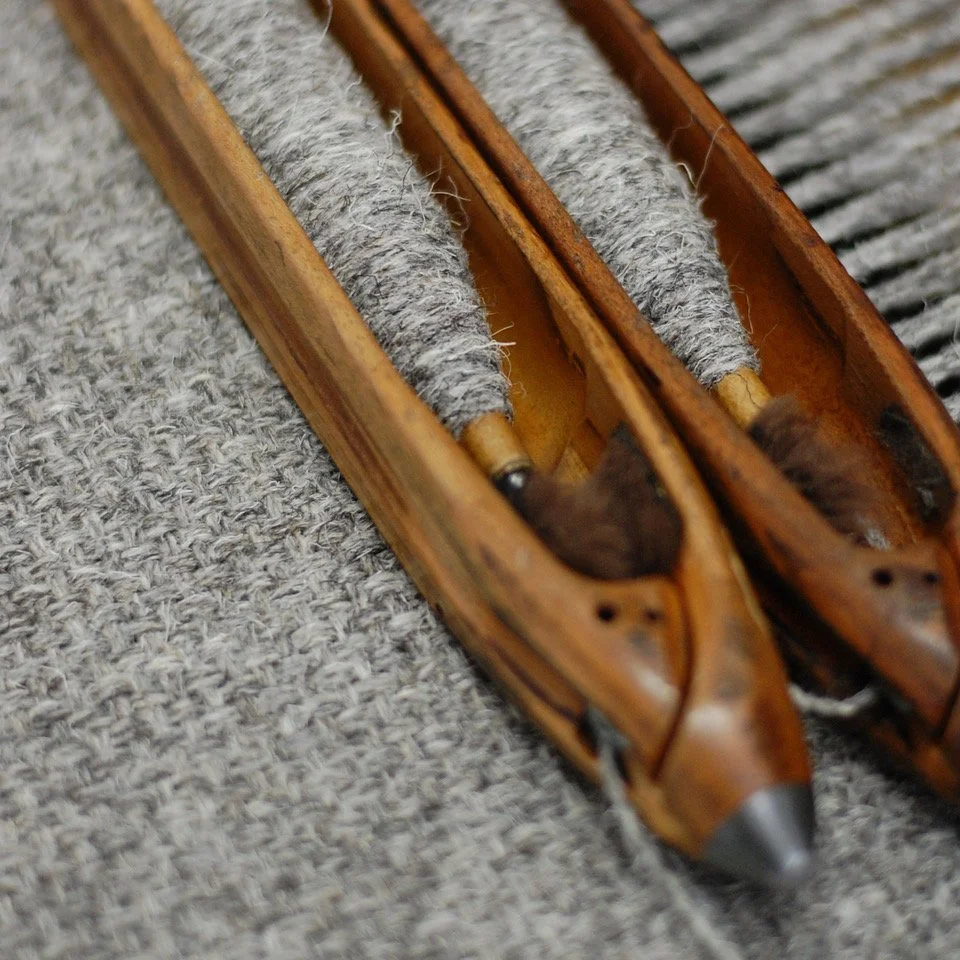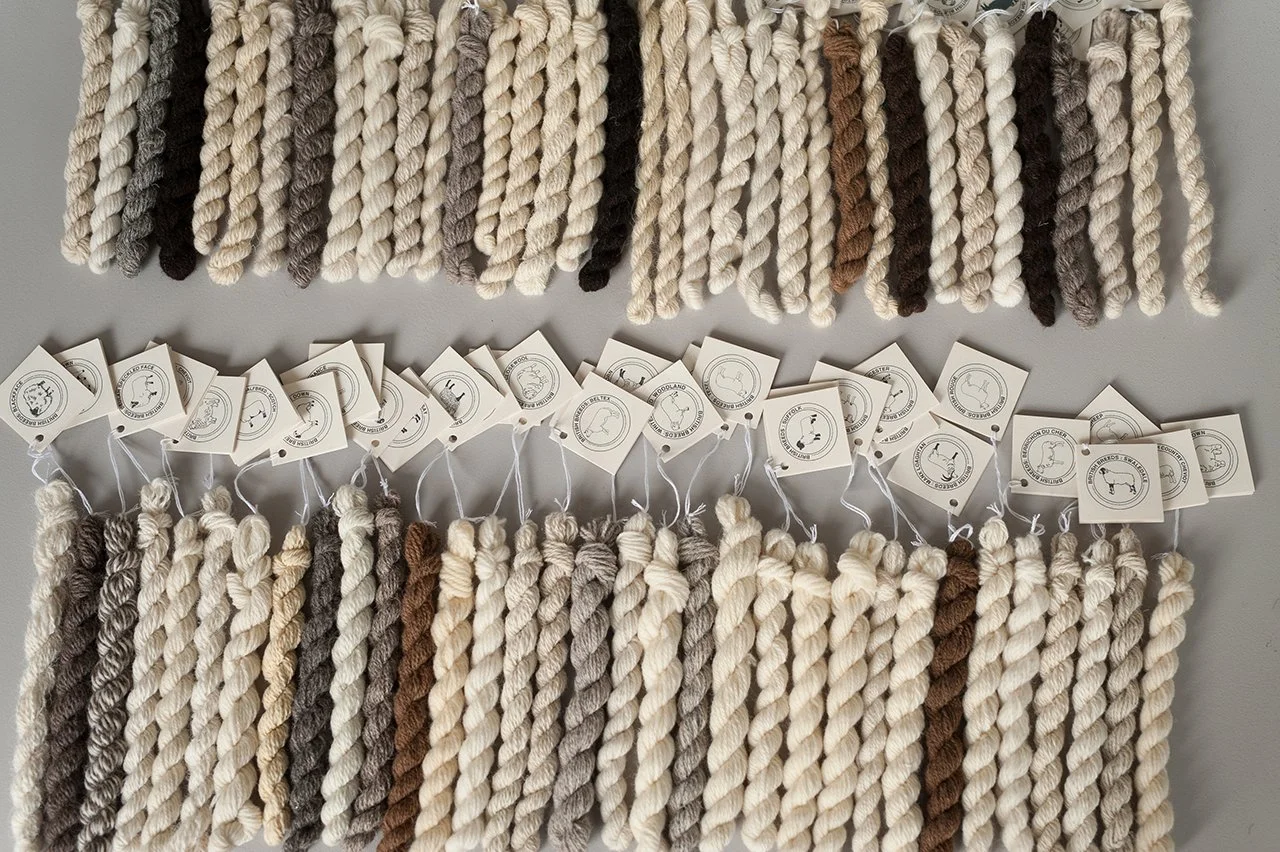British
Wool
The Great
Revival
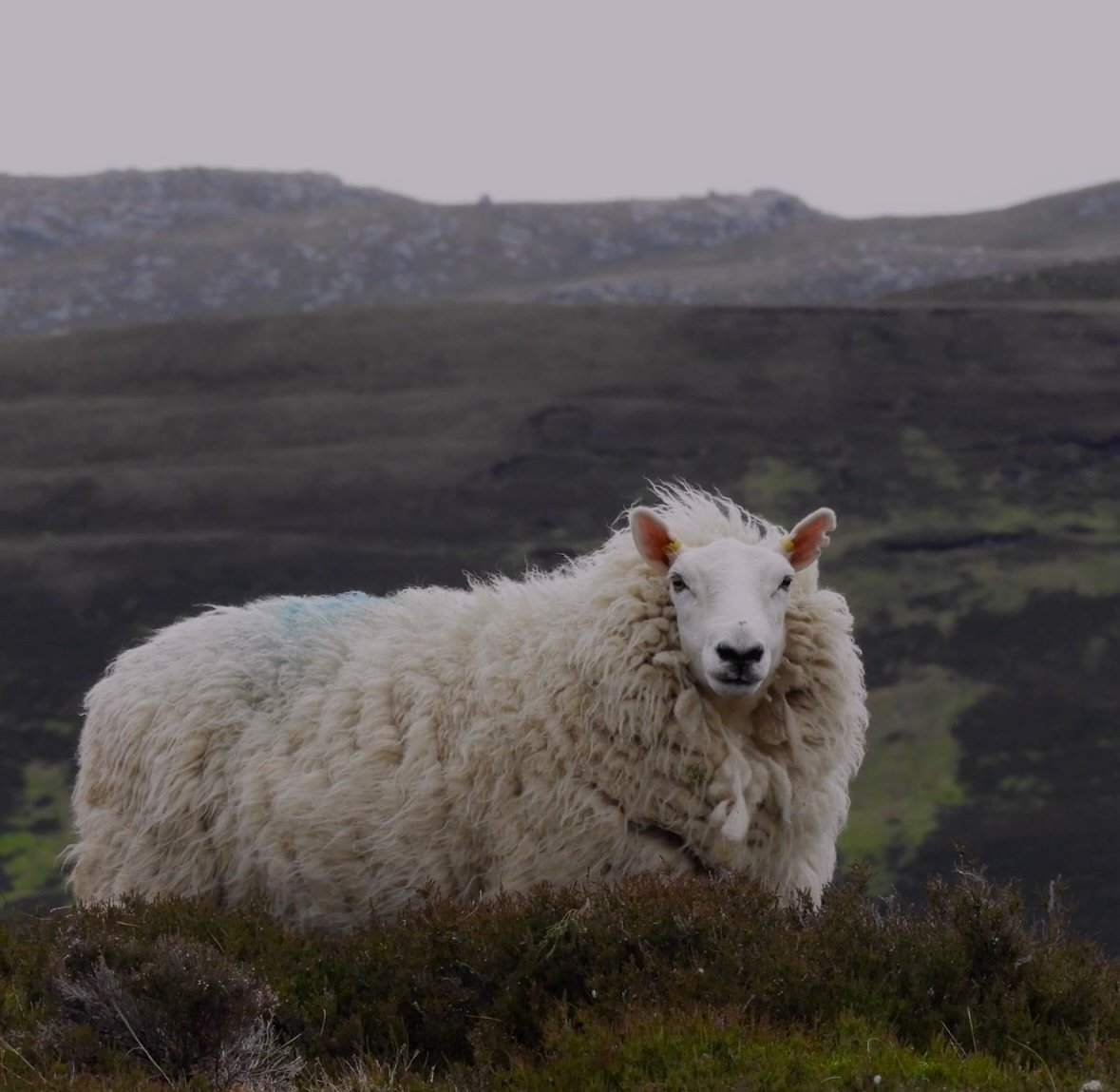
Our mission
We are here to support designers and makers who want to work with British wool but aren’t sure how to make that happen. From farm to fabric, our mission is to see strong, long-term relationships developed to create a healthy wool fibre ecosystem within the shores of the British Isles.
Brands and designers, this is for you.
If you are looking to build sustainable, ethical, on-shoring collections using wool grown in the British Isles, you’re in the right place.
Every business is unique - from the soil on the farms, the different sheep breeds that graze those fields, the farmers, scourers, spinners, dyers, knitters, weavers, designers and brands. And this diversity makes us stronger.
There’s no ‘one-size-fits-all’ so this website has been developed to help you on your way to finding your perfect partners - those that you want to build connections with, whose values you share, and whose scale fits your workflow. Those partners might change over time as your business grows or evolves, but everyone on this map is working to preserve and regenerate our British wool culture.
Why British wool? And why now?
As we look towards sustainable and ethical solutions to the impact our production and consumption habits have on our planet, we believe British wool has an important role to play. Wool is a natural protein fibre, with sheep growing a fresh fleece every year, making it renewable and biodegradable.
On-shoring production using British wool supports not only whole, transparent supply chains, but consumers who want to make choices that contribute to a healthy British wool economy and more positive environmental impact. We can help you make those choices too.
“Approximately 80% of the national clip is handled through British Wool, a sheep farmers' cooperative, responsible for nationwide collection, grading and selling of the wool on farmers behalf. British Wool is also responsible for labelling genuine British wool products and providing marketing support and technical data on British wool qualities.British wool was once one of the country’s most profitable assets, but now, for farmers, wool accounts for only 1% of the economic value of sheep. We want to be a part of the change that sees our farmers valued for producing an amazing fibre that is hard-wearing, biodegradable, stores carbon and re-grows every year from sunshine, water and grass.
It’s time to explore the map
The farms we have included give you an insight to the variety of regional sheep breeds, scales of farming and faces behind the farms. Some of the farmers already sell their wool to brands and designers, some have their own yarn and knitwear brands and some breed specifically for better quality wool. But all the farms represented give you a flavour of the diversity of sheep breeds and the many thousands of farmers out there that might just be the perfect match for your brand needs.
The manufacturers (scourers, spinners, dyers, weavers and finishers), we have chosen to include on the map are those we’ve either had experience of working with, or who add diversity to the options available to you. It’s by no means an exhaustive list, it’s only a glimpse of what’s out there and the map will evolve and grow over time.
You can find a variety of brands on our Case Studies page. Read their stories for inspiration as you develop your own British wool journey.
What you need to know
*
What you need to know *
How can you work with British Wool?
There are many different starting points in the process of creating British wool products. You might want to work with regional wool, or breed specific wool. You might be looking for a wool with a certain hand feel but within a certain budget. We have developed this website with these kind of touch points in mind. If you click the link below, this will take you to some strategic prompts to help you develop your own supply chain as you explore the website.
Sheep breeds
Did you know there are more than 72 different sheep breeds in the UK? We have the most diversity of breeds that graze our landscape than any other country in the world. And each breed has its own unique history and wool characteristics. Some of our breeds like the seaweed eating North Ronaldsay are very rare so we need to use them or we will lose them.
Find out about breed-specific wool from The Woolist or about rare breed sheep at the Rare Breeds Survival Trust (RBST) or for wool and sheep industry insights from British Wool.
Case Studies

